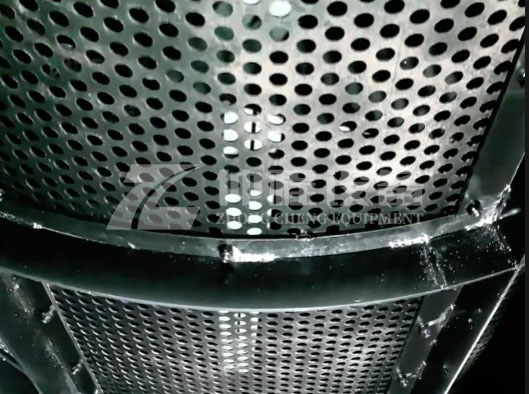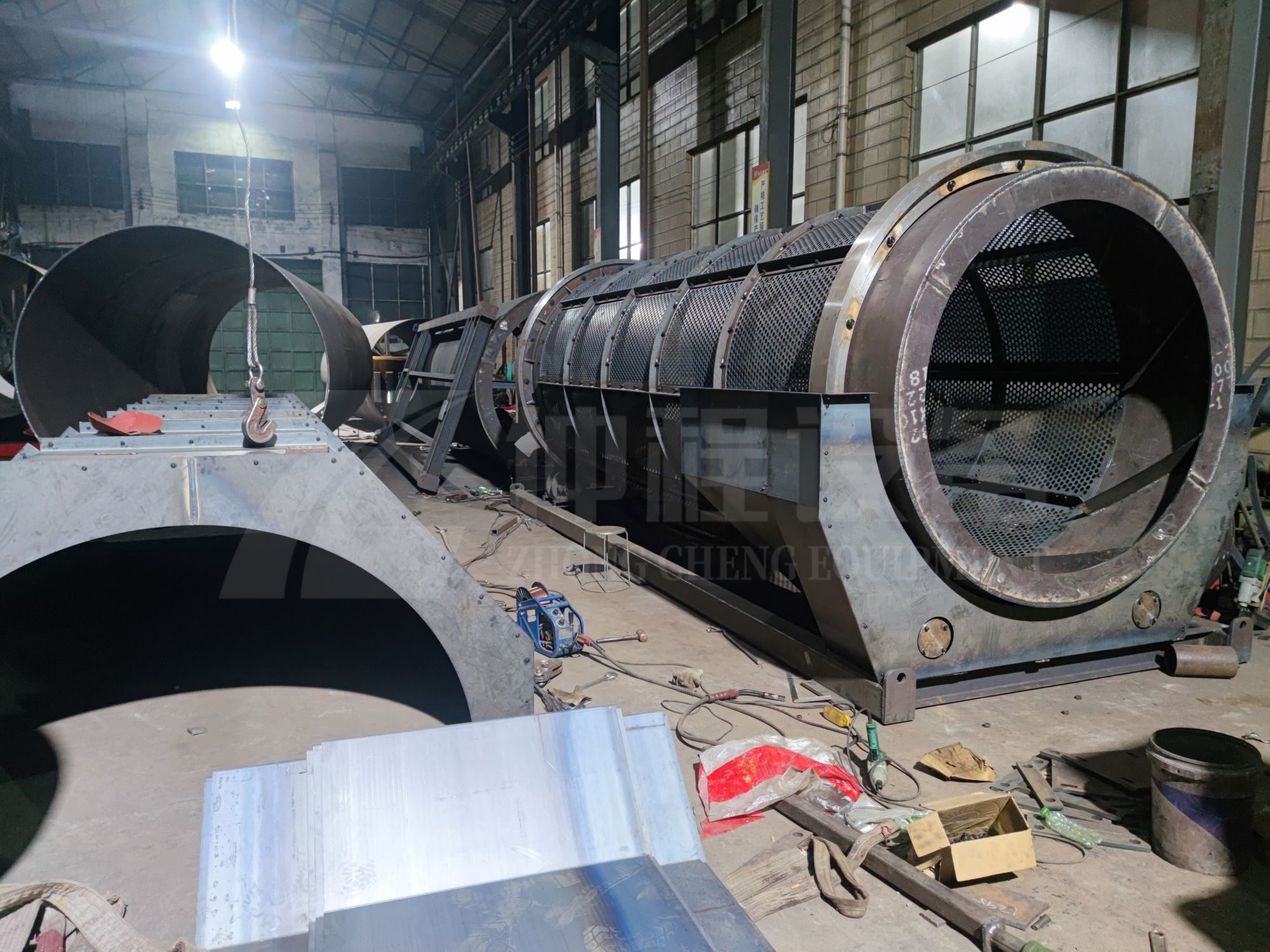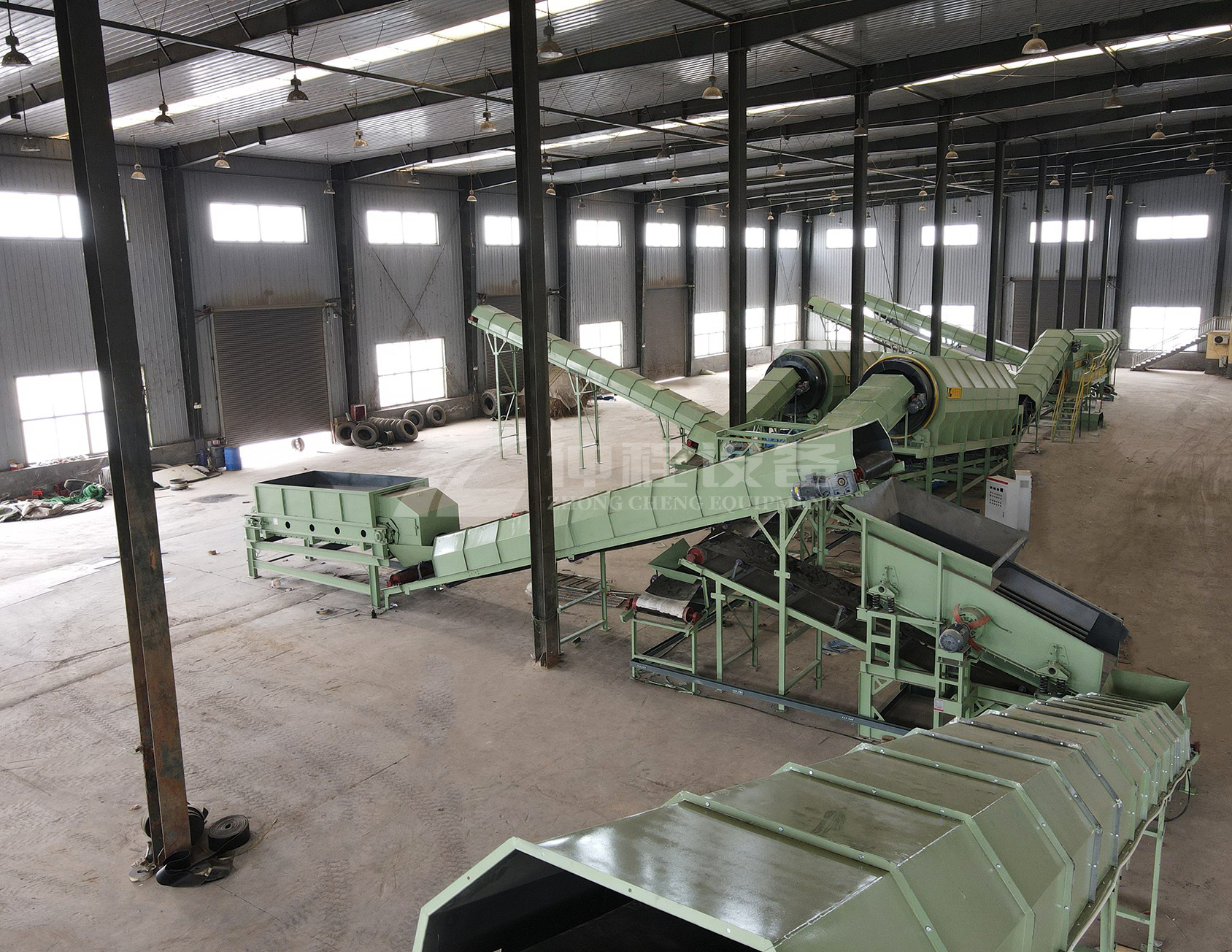The role of roller screen in wood recovery
Wood recovery is a critical process in the recycling industry, helping to conserve natural resources, reduce landfill use, and promote sustainable practices. As the demand for recycled wood continues to grow across various industries, the efficiency and effectiveness of wood recovery processes become paramount. Among the various technologies employed, the roller screen plays a pivotal role in enhancing the recovery process, ensuring that the maximum amount of wood is reclaimed and reused. This article explores the role of roller screens in wood recovery, highlighting their operation, benefits, and applications.
Understanding Roller Screens
A roller screen is a type of mechanical screening equipment used to separate materials based on size. It consists of a series of rotating shafts equipped with discs or rollers that move in a synchronized manner. These rollers create gaps between them, allowing smaller particles to fall through while larger materials move across the screen's surface. The spacing between the rollers can be adjusted based on the size of the material being processed, making roller screens highly versatile.
In the context of wood recovery, roller screens are used to separate wood pieces from other materials such as dirt, stones, and metals. The efficiency of the separation process depends on factors such as the size and shape of the wood, the speed of the rollers, and the spacing between the rollers.

The Role of Roller Screens in Wood Recovery
Size-Based Separation:Roller screens excel at size-based separation, which is crucial in wood recovery. Wood waste often comes in varying sizes, from large logs and branches to smaller chips and sawdust. Roller screens can be adjusted to separate these materials into different size fractions, making it easier to sort and process them further. This ability to categorize wood by size is essential in ensuring that the recovered wood is of high quality and suitable for its intended reuse.
Efficient Debris Removal:One of the primary challenges in wood recovery is the presence of non-wood debris such as soil, rocks, and metal fragments. Roller screens effectively remove these contaminants, ensuring that only clean wood passes through for further processing. The removal of debris not only improves the quality of the recovered wood but also protects downstream processing equipment from damage, reducing maintenance costs and downtime.
Enhanced Recovery Rates:By accurately separating wood from other materials, roller screens significantly enhance recovery rates. This means that a higher percentage of the wood entering the recovery process is successfully reclaimed. High recovery rates are particularly important in industries such as construction and furniture manufacturing, where there is a growing demand for recycled wood products. Roller screens ensure that valuable wood resources are not wasted and that the maximum amount of material is available for reuse.
Versatility in Processing:Roller screens are versatile and can handle a wide range of wood types, from softwoods to hardwoods. They are also capable of processing wet or dry wood, making them suitable for various stages of the wood recovery process. Whether dealing with freshly cut wood or wood waste that has been exposed to the elements, roller screens can adapt to different conditions, ensuring consistent performance.
Reduction of Labor Costs:The automation of the screening process through the use of roller screens reduces the need for manual sorting. This not only lowers labor costs but also minimizes the risk of human error, leading to more accurate and consistent separation of wood materials. The reduction in manual labor also enhances worker safety, as the risk of injury from handling heavy or sharp objects is minimized.
Environmental Benefits:The use of roller screens in wood recovery contributes to environmental sustainability. By efficiently separating wood from other waste materials, roller screens help to reduce the amount of wood that ends up in landfills. Recovered wood can be reused in various applications, including as raw material for new products, as biomass for energy production, or as mulch for landscaping. This not only conserves natural resources but also reduces the environmental impact of wood waste disposal.

Applications of Roller Screens in Wood Recovery
Roller screens are used in various stages of wood recovery, depending on the type and condition of the wood being processed. Some of the key applications include:
Construction and Demolition Waste Processing: In the construction industry, roller screens are used to recover wood from demolition waste. This recovered wood can be reused in new construction projects or processed into wood chips for landscaping.
Sawmill Operations: Roller screens are employed in sawmills to separate sawdust and wood chips from larger pieces of wood. This allows sawmills to maximize the use of their raw materials, reducing waste and increasing profitability.
Biomass Production: In the production of biomass for energy, roller screens are used to separate wood chips from other organic materials. This ensures that only high-quality wood is used in the biomass production process, improving the efficiency and sustainability of energy generation.
Pallet Recycling: Roller screens are also used in the recycling of wooden pallets. By separating broken or damaged wood pieces from reusable wood, roller screens help to extend the life of pallets and reduce the need for new wood resources.

Conclusion
Roller screens play a crucial role in the wood recovery process, offering a range of benefits that enhance efficiency, reduce costs, and promote environmental sustainability. By providing accurate size-based separation, efficient debris removal, and versatile processing capabilities, roller screens ensure that the maximum amount of wood is reclaimed and reused. As the demand for recycled wood continues to grow, the importance of technologies like roller screens in wood recovery will only increase, making them an essential component of modern recycling operations.
-
 Trommel screenTrommel screen, also known as drum screens, are widely used in various industries for sorting and separating materials.Get Quote
Trommel screenTrommel screen, also known as drum screens, are widely used in various industries for sorting and separating materials.Get Quote -
 Crop straw double shaft shreddApplications:Biomass Energy Production: Shredded straw can be used as a feedstock for bioenergy plants to produce electricity or heat.Livestock Feed: Reduced-si...Get Quote
Crop straw double shaft shreddApplications:Biomass Energy Production: Shredded straw can be used as a feedstock for bioenergy plants to produce electricity or heat.Livestock Feed: Reduced-si...Get Quote -
 Zhongcheng Air Drum SeparatorAir drum separators effectively separate lightweight materials (e.g., plastics, paper) from heavier materials (e.g., metals, glass). This high efficiency is cru...Get Quote
Zhongcheng Air Drum SeparatorAir drum separators effectively separate lightweight materials (e.g., plastics, paper) from heavier materials (e.g., metals, glass). This high efficiency is cru...Get Quote
-
2024-06-20Wind Separator Technology for Lightweight Materials in Urban Solid Wastewind separator, also known as air separation, is a sophisticated and efficient method of sorting that utilizes air as the separating medium.
-
2024-07-09Recycling Balers-Safe,Easy-To-Use and affordableThe operating principle of a strapping machine primarily involves the following steps:1.Item Positioning:Firstly, the item to be strapped must be placed accurat...
-
2024-06-05Can the Angle of the Ballistic Separator Be Adjusted?Ballistic separator is a type of mechanical sorting device used primarily in the recycling industry to separate materials based on their physical properties. It...
-
2024-05-29Landfill stale garbage screening projectAfter communicating with our domestic customers in Shandong Province, we learned that he needed to dispose of the garbage in the landfill through excavation, sc...
-
2024-05-28Garbage screening drum screenTrommel screen is consisting of five parts: drum, frame, hopper, reducer and motor.After the material goes into the drum, it is screened along with the rotation...



